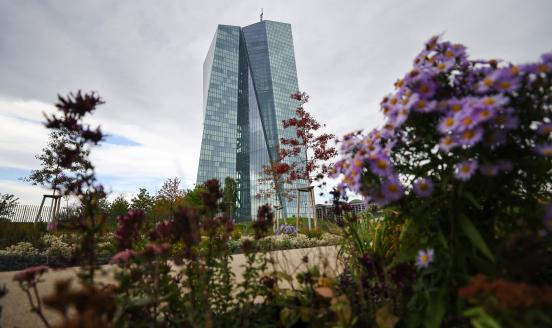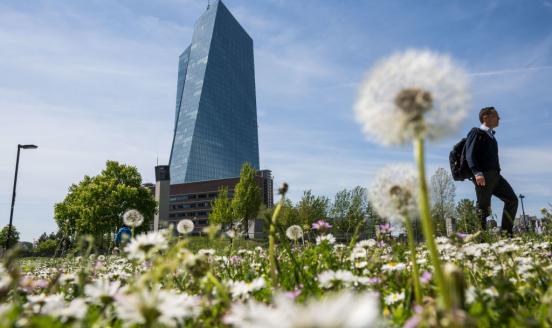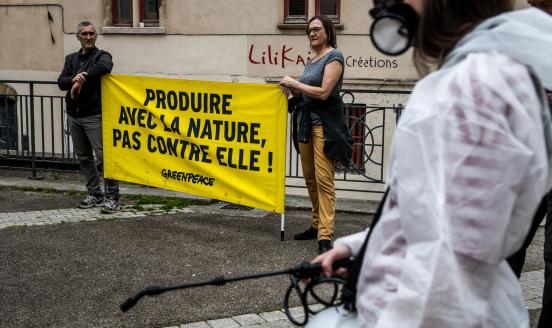Price stability is all about climate change
The European Central Bank should bring in cheaper greening funding for banks, to offset the impact of high interest rates on the energy transition

Rising interest rates since 2022 are undermining the European Union’s transition to a greener energy system. In particular, renewable energy investment is highly sensitive to rising interest rates. In mid 2023, for example, a third of Dutch renewable energy producers were either delaying or cancelling investments because of rising rates.
In the context of the current pressures on households and businesses, the European Central Bank is right, of course, to prioritise getting inflation down. But it should also be concerned by the collateral damage caused if the energy transition is held back. Delaying the transition can itself be inflationary. The impact on EU prices from the energy shock following Russia’s invasion of Ukraine was stark: it was an example of ‘fossilflation,’ meaning vulnerability caused by over-dependence on fossil fuels. But there is also ‘climateflation’ – for instance, higher food prices caused by loss of agricultural production as a result of climate change-induced drought and floods.
The ECB recognises this. The ECB monetary policy strategy review carried out in 2021 concluded that climate matters for prices as well. And in March this year, in an update to its operational framework for implementing monetary policy, the ECB specified that it will give precedence to “climate change-related considerations” as part of its obligation according to the EU Treaty, which is to support “the general economic policies in the European Union”.
The ECB is thus following the lead of politicians who have identified climate change as the challenge of our generation, as shown in the EU by the European Green Deal policies and the European Climate Law. Proceeding with the energy transition will help tackle both fossilflation and climateflation. The energy transition is the ECB’s best defence against future price shocks from fossil fuels.
To speed up the energy transition the ECB needs a new tool: green longer term refinancing operations (GLTRO), via which banks would be given access to cheaper funding for lending to the energy transition.
With this instrument, the ECB can keep the interest rate for most of the economy at the elevated level necessary to fight current inflation, while also making the EU economy more resilient against future price shocks from fossil fuels. Such a policy, already implemented by the central banks of Japan and China, would demonstrate the ECB’s focus on its price stability mandate, in both the short and medium terms.
The ECB’s new operational framework envisages structural longer-term credit operations combined with support for climate objectives. In other words, it seems to be only a matter of time before a form of GLTRO is introduced in the euro area.
In introducing such an instrument, the ECB would have to face down critics who believe its focus should be fully on its inflation remit and seem to think the energy transition is just a distraction. The European Parliament expressed this view in a 27 February resolution on the ECB’s 2023 annual report, saying the ECB should have an “undeterred focus” on price stability, and should not show bias “regarding the so-called greening of policies” (though the resolution also said the ECB should “continue to assess the extent to which climate change potentially affects its ability to maintain price stability”).
But given that there is only a small and rapidly closing window of opportunity to limit global warming to levels set out in the Paris Agreement and given that the policy stance of politicians is insufficient to do this, central bankers as policy takers have to use their instruments to attain their goals. There is no trade-off between stabilising the climate and prices, far from it.
The EU cannot wait for climate-conscious longer-term credit operations to become effective only after the ECB has wound down its current large balance sheet, which may take years. Also the size of such structural refinancing operations may be too low to have a real impact. The ECB should therefore use the now-anticipated easing of its monetary policy before the summer in a green way. GLTRO would be an efficient tool to do this.



